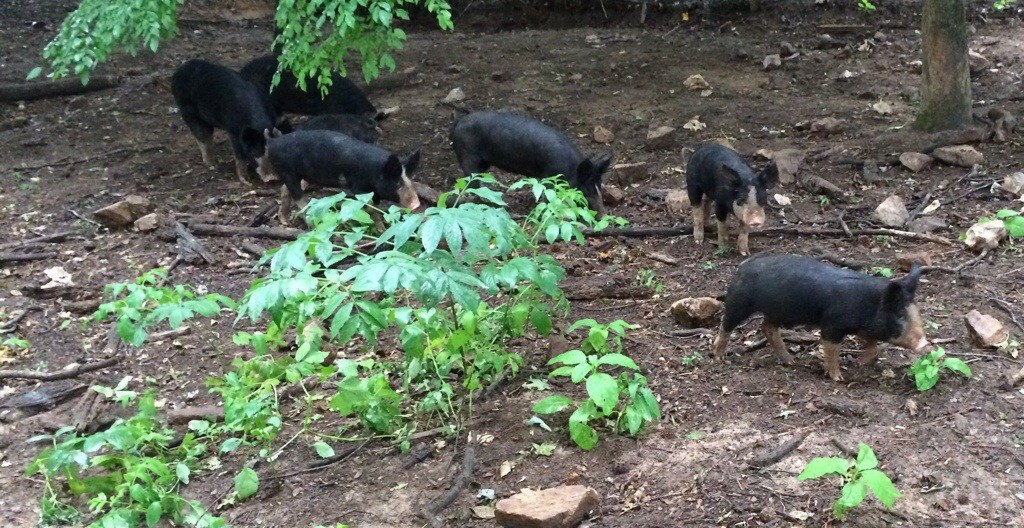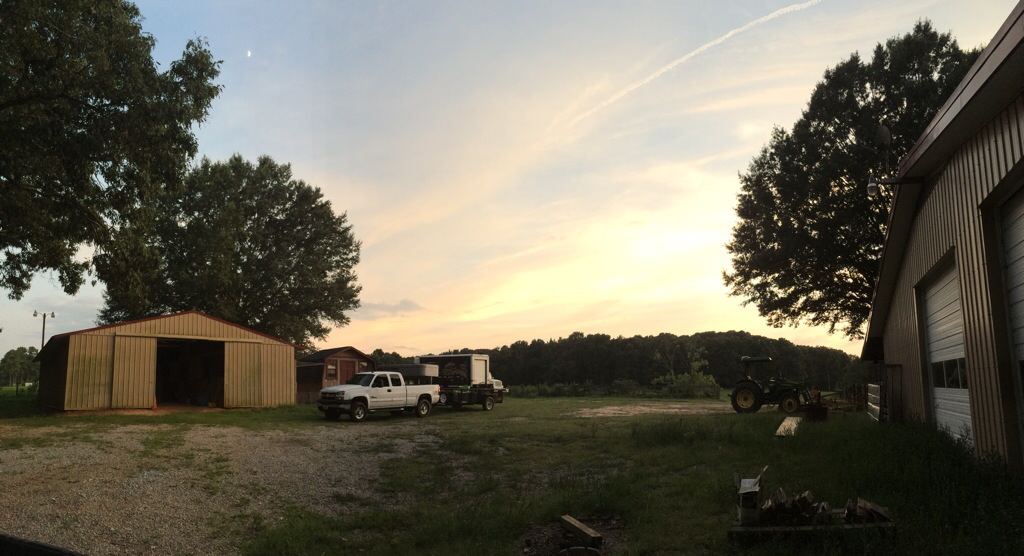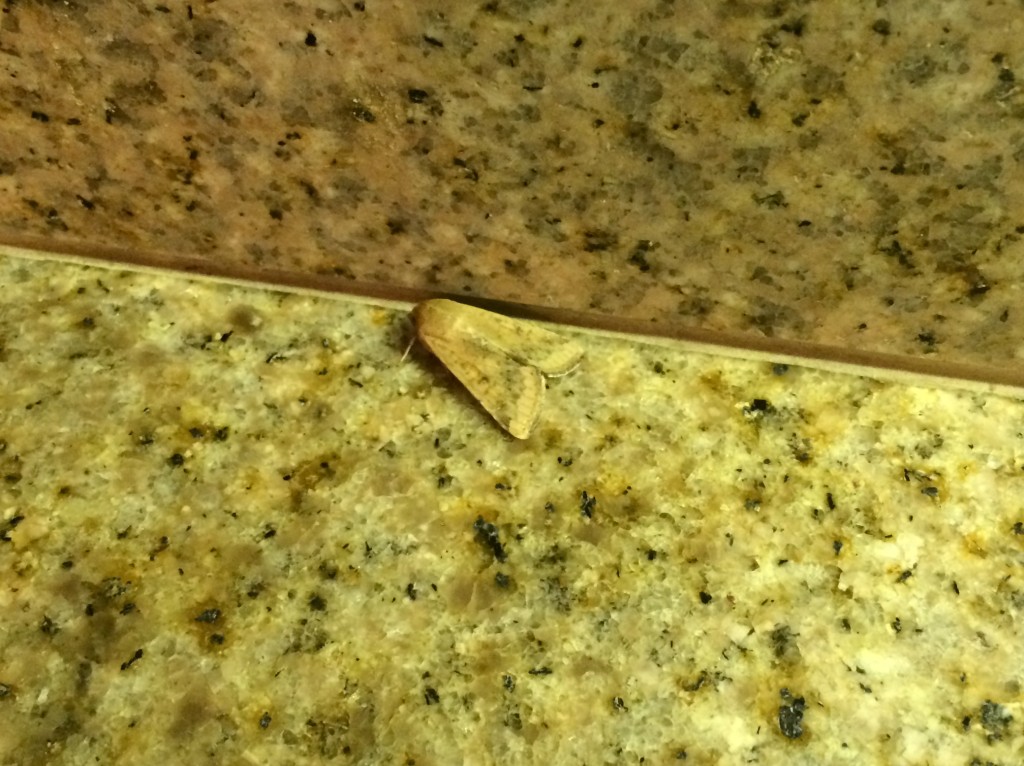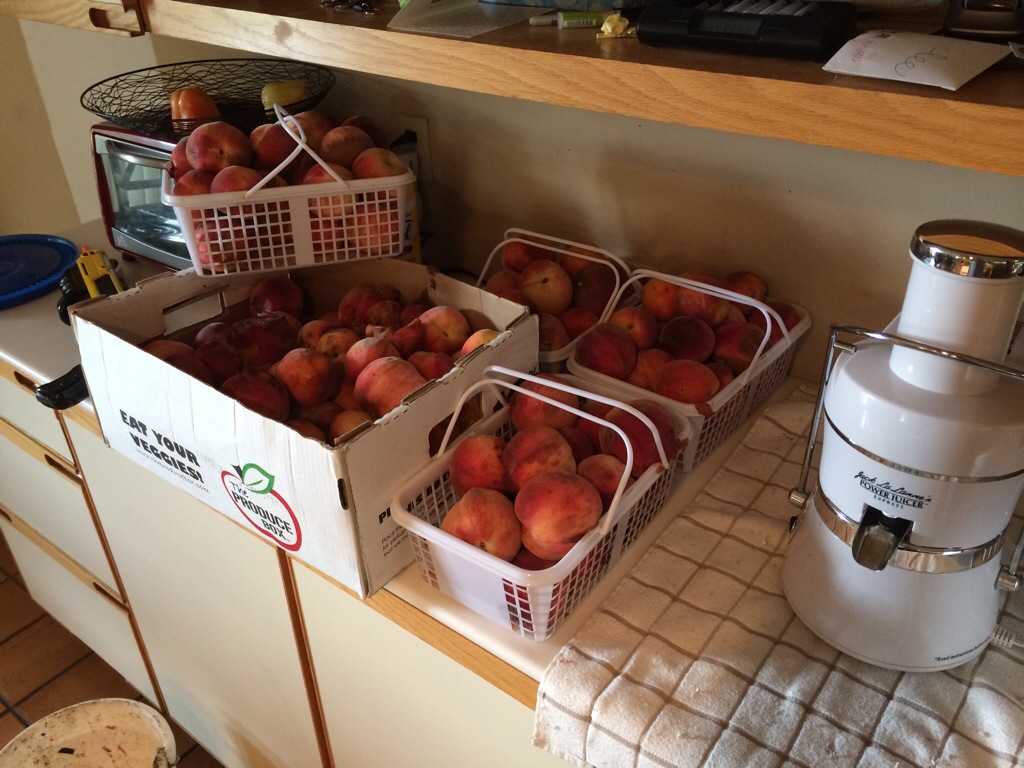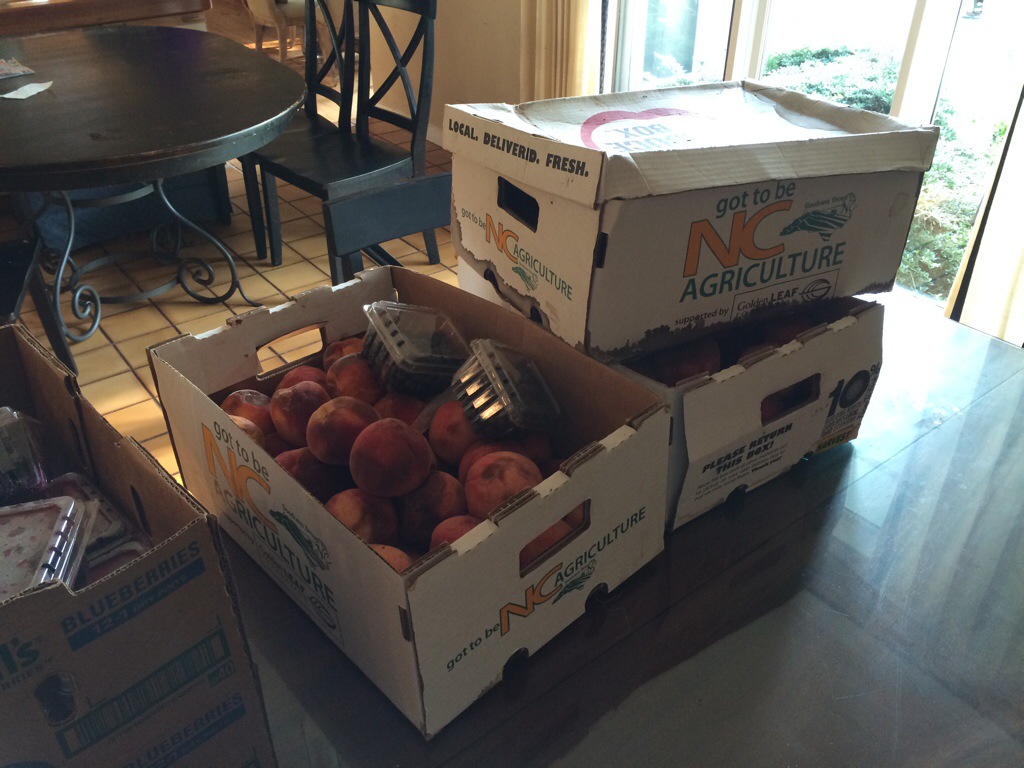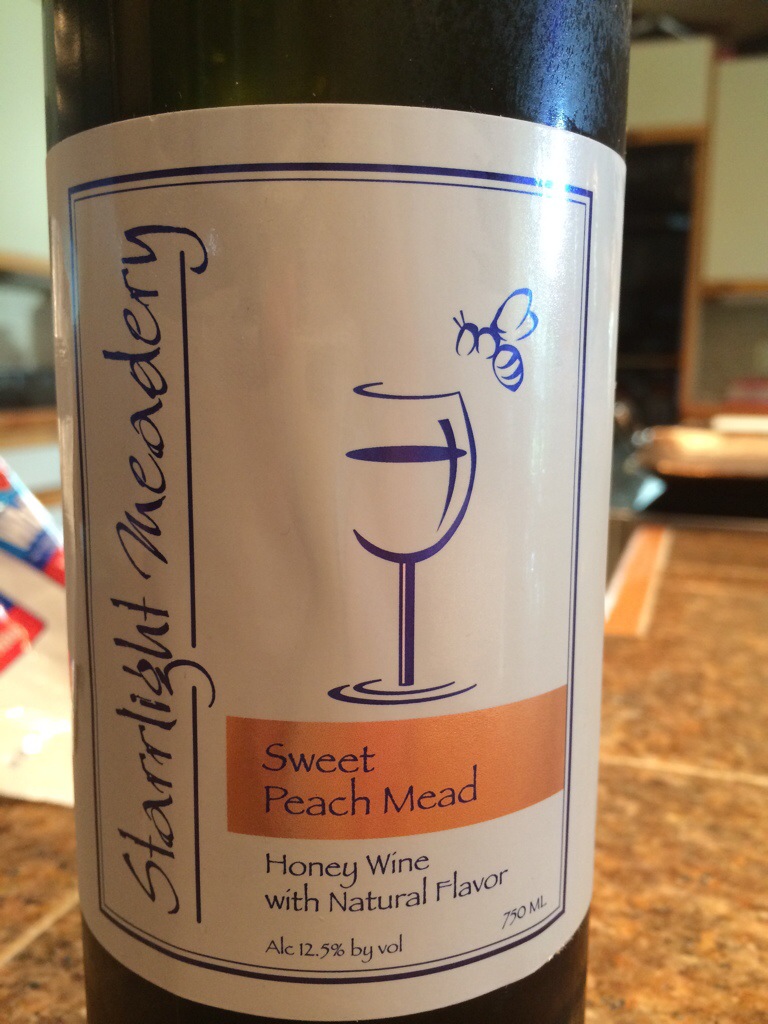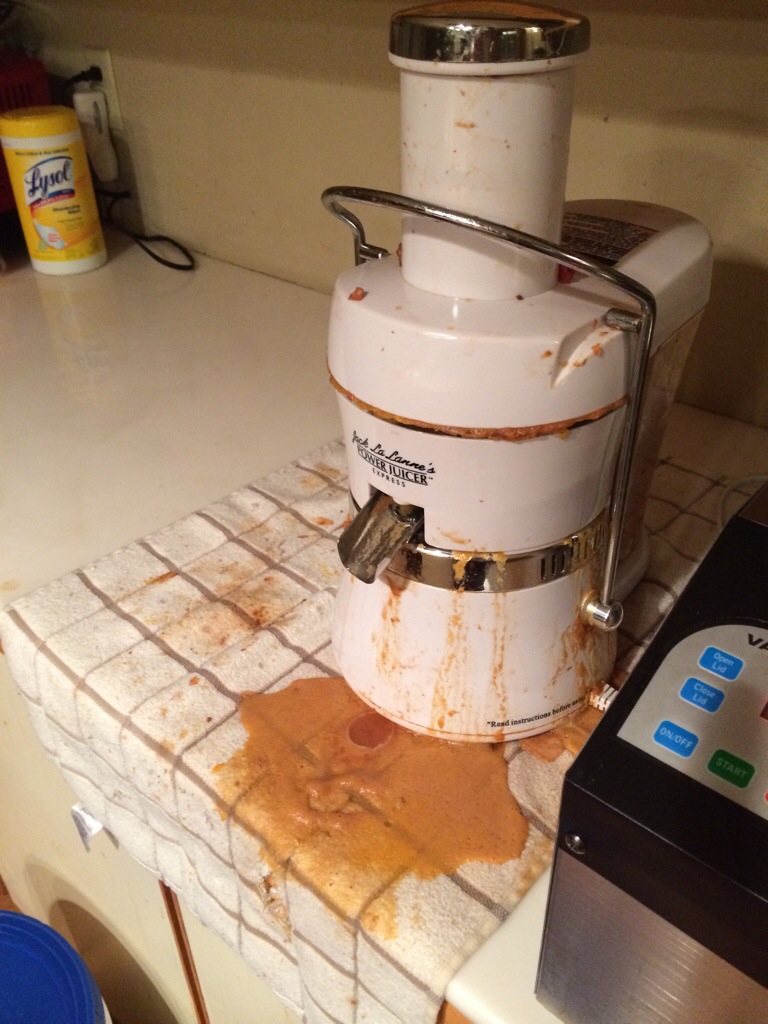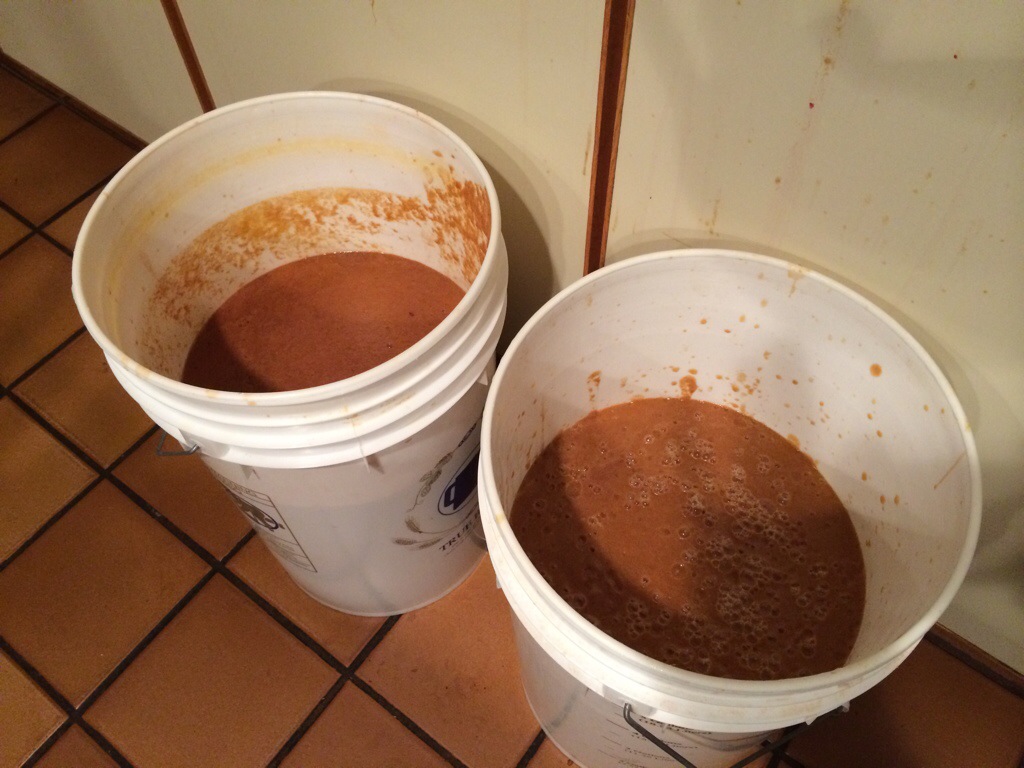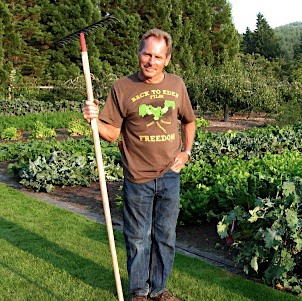
When we have people visit for a tour they are often young parents with new kids. They are just getting into the lifestyle of knowing where your food comes from and they are searching almost every aspect of their diet out and trying to improve it. That means they are finding farmer’s markets, finding farmers like us directly, and finding ways to produce their own food. Some of them are starting their first gardens or are retrying a garden again after having failed in the past.
Whenever someone is new to gardening, we always stop by our garden here on the farm and I try to save them years of labor and frustration by explaining our simple but effective gardening techniques. It’s a challenge to explain to someone what and how it is that we garden and I’ve always struggled to give them something to go back and reference when they leave. My only thing I could point to was Lee Reich’s book, Weedless Gardening which was the book that got me started down our current path and has worked very well for us. The problem is I can tell my recommendation wasn’t going to get read by most people because they are going to drift off into Lasagna Gardening or some other such source of info. When someone isn’t sure how to plant beans, it’s hard to keep them from ordering other books on gardening and getting information overload and frankly that’s what we have with gardening, information overload. Plant 2″ deep, 6″ apart in hills. Prune in this month only. Side dress with bone meal. Plant in acidic soil. Don’t plant in acidic soil. If you start reading all the things each type of plant needs, you need a chemistry degree and 5 different gardens for all the diverse requirements.
Now I’ve discovered (it was made in 2011, I’m slow to find these things out) a movie has been made about the type of gardening we do. It’s called Back to Eden and the best part is the movie is free to watch at the link. Just scroll to the bottom and watch away. They do ask for donations if you are so inclined, something you can decide after you watch it.
The only real difference between what they are doing in the movie and what I do is that I don’t utilize wood chips very often, I prefer grass clippings and mulched leaves because we have lots of grass and lots of leaves but no chipper.
(Update for 2018, we now utilize wood chips exclusively. Only because we get them so much easier now. Grass clippings work just fine)
Also planting by hand is more pleasant to me in grass than in wood chips as it’s a softer material. The downside is it breaks down faster than wood chips so we have to mulch more often but since we mow the grass anyway, we have to put the clippings somewhere so the reality is, I’ve never had enough mulch for my garden. Rather than go haul in wood chips, I prefer to use the already bagged grass as my mulch and it works just fine. As in the movie, I simply keep 4-6 inches of mulch over my soil and plant into the beds where and when I want. I’ve never had too much mulch but whenever I get below 4 solid inches of compacted mulch (it’s fluffy when you first apply it) I start getting weeds. By adding plenty of grass clippings I am adding weed seeds by the pound but have very few weeds.
I don’t have a compost pile. I did years ago because all the books and experts said you should but I quickly grew tired of the work associated with hauling everything to the pile, turning it regularly, then hauling everything back. Now, anything I compost I compost directly on the garden bed and simply cover it with more grass next time we mow. No special compost turners, no heavy labor flipping a compost pile and beautiful black loamy soil for our garden as the final product. I don’t worry about the brown to green ratio. Any excess nitrogen is off gassed as the grass goes from green to brown sitting on top. I’ve even emptied the chicken coops directly onto the garden beds as an experiment. Chicken poop is known to burn plants due to its high nitrogen content. Even with high concentrations of chicken litter (1/2 of the total mulch or better), we had no adverse effects in our garden and it composted away in short order without turning, moving, etc.
As another experiment with this mulching method, I took two planters that my father had built and did a test on them. My father took the “well-drained soil” idea to new heights when he built these brick planters. The are filled with masonry sand, completely. There is no soil in the planters at all. I believe his plan was to only add soil from the pot he planted from and to water and fertilize where he wanted life. The dry, lifeless sand wouldn’t support life everywhere else and his planters would be weed free. He did grow plants in these planters because he could grown anything anywhere when he wanted to however they still produced weeds so it wasn’t a total success. These planters had been relatively fallow for some years when I decided to try a simple experiment. I took a small weedy section of a planter and added a top layer of grass clippings. I kept the grass there for about a month and left it completely alone. When I pulled back the grass, about half of which was gone through decomposition, the sand in the top inch or so was gone as well. Instead I had a layer of black, soft soil teeming with life. Bugs, worms, etc. I proceeded to mulch the rest of the beds and now if someone wants to see when we are discussing gardening, I show them 6 inches of black loamy soil under my mulch layer. I’ve never tilled, never fertilized, never done anything but add grass and leaves on top and I went from coarse masonry sand to perfect garden soil in less than a year.
If you garden, or want to garden, I recommend you watch Back to Eden and give the recommendations a try in your garden. I know these techniques worked for me.
